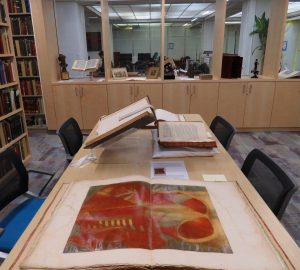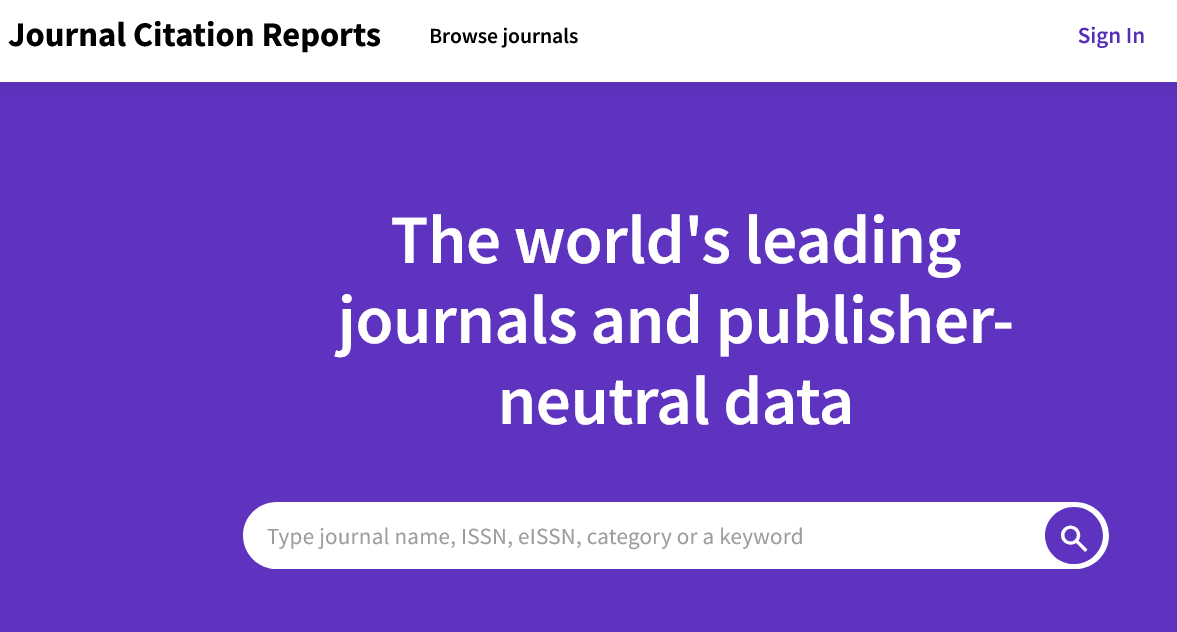The Technology Help Desk at Falk Library has reopened to visitors! You can find us at the top of the stairs on the library’s upper floor. Visit the desk to receive help with technology problems, get advice on an upcoming technology project, or request a consultation with a technology services librarian.
The Technology Help Desk also has a wide array of technology equipment available for borrowing. Popular items include portable power outlets, phone and laptop chargers, laptops, and Bluetooth headphones. More specialized equipment is also available to borrow, such as adapter cables, microphones, light therapy boxes, and Microsoft Surface Pros and Pens. With a valid Pitt ID, you can borrow most items for four hours (with online renewal available) and are not restricted to in-library use.
The Technology Help Desk also provides support for Falk Library’s self-service technology. Desktop computers (both PCs and Macs) are located throughout the library’s study space. Continue reading
 How relevant can old medical books be to modern medicine? Not very much? Think again. The
How relevant can old medical books be to modern medicine? Not very much? Think again. The 

 HSLS offers classes in a wide array of subjects—molecular biology, database searching, bibliographic management, and more! You can quickly view all
HSLS offers classes in a wide array of subjects—molecular biology, database searching, bibliographic management, and more! You can quickly view all 